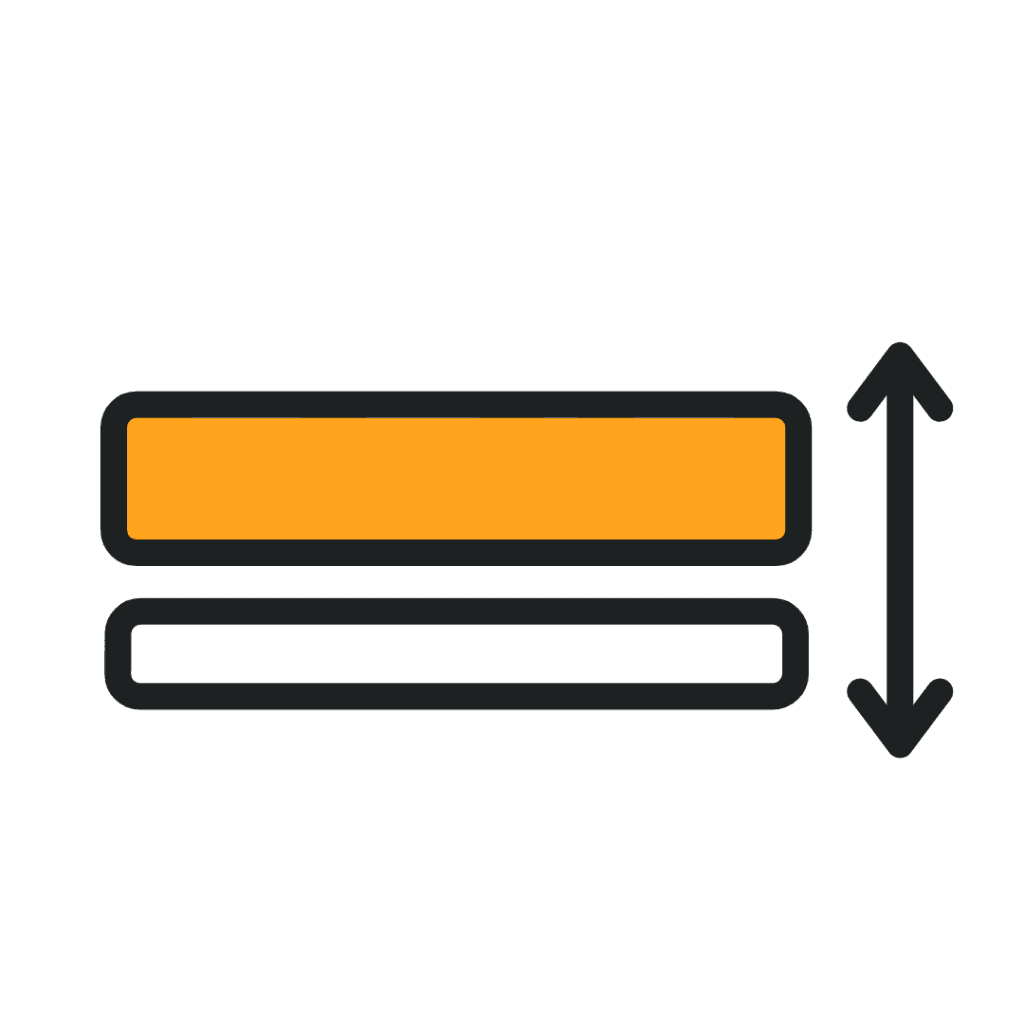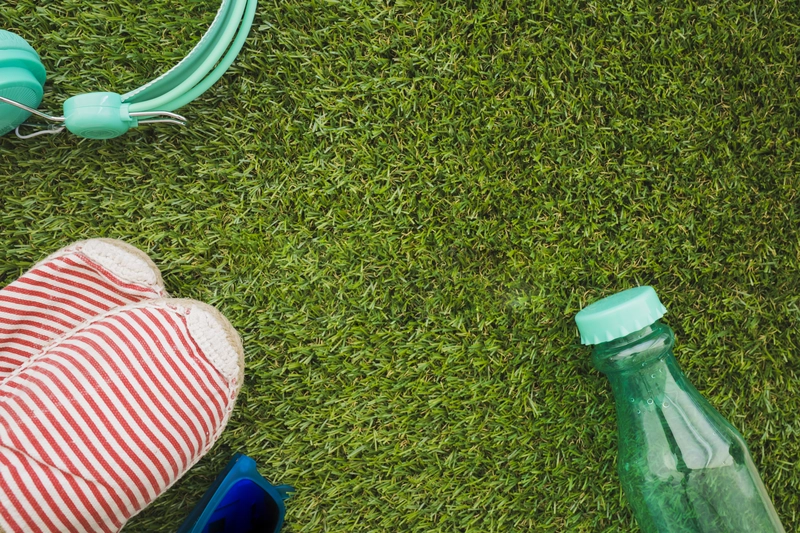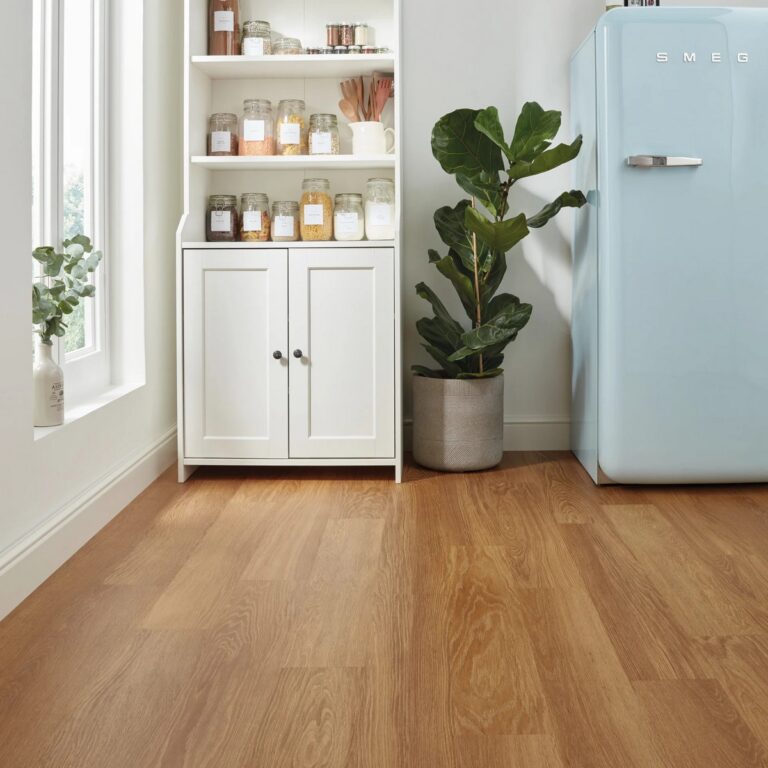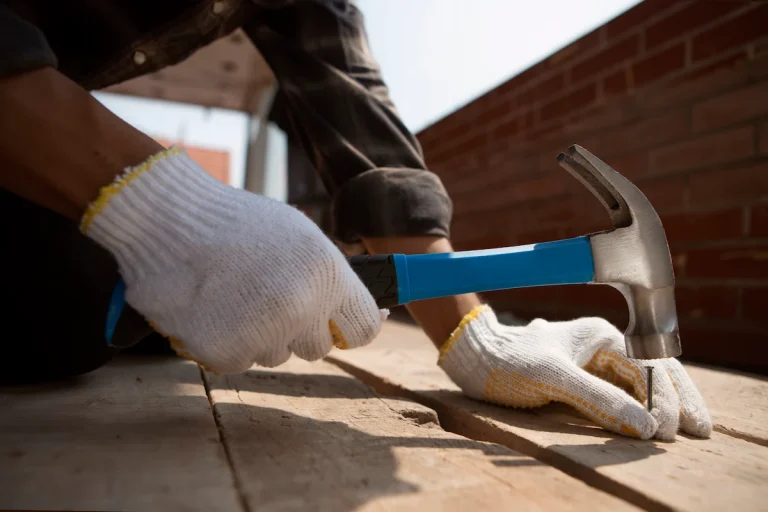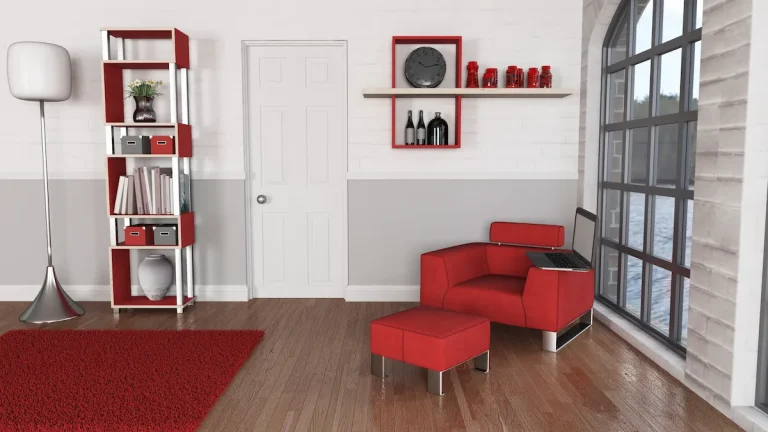Are you wondering how to keep your artificial grass looking fresh and vibrant? We will explore the importance of artificial grass maintenance and provide you with practical tips on how to maintain it properly.
From regular brushing to treating stains and spills, we’ve got you covered. Plus, we’ll share some tricks to help you prolong the lifespan of your artificial grass, ensuring it stays beautiful for years to come. Let’s get started!
The Importance of Artificial Grass Maintenance
Maintaining artificial grass is crucial for prolonging its lifespan and preserving its appearance, making it a smart investment for artificial grass owners.
Regular maintenance routines play a significant role in preventing damage, wear and tear, as well as the accumulation of debris on the artificial grass surface. By adhering to a consistent maintenance schedule, you can ensure that your artificial grass retains its lush green look and soft feel for years to come.
Proper maintenance not only enhances the aesthetic appeal of your outdoor space but also promotes the functionality of the artificial grass. Removing debris and debris buildup regularly can prevent drainage issues and potential water stagnation, ensuring that your artificial grass remains resilient and efficient in draining water during rainy seasons.
How To Maintain Artificial Grass
Proper artificial grass maintenance involves several steps to ensure it stays clean, vibrant, and free from damage.
1. Regular Brushing
Regular brushing is essential to clean artificial grass to keep it upright and looking natural. Depending on the amount of foot traffic your synthetic turf receives, the brushing frequency may vary.
For areas with high usage, daily or weekly brushing is recommended to maintain the pristine look of your artificial grass. Using a brush with synthetic bristles or a stiff natural bristle brush is ideal as it effectively lifts the blades without causing damage.
When brushing, make sure to use gentle, sweeping motions in the same direction as the grass blades. Avoid using brushes with metal bristles or abrasive tools as they can fray or break the synthetic turf fibres.
2. Removing Debris and Leaves
Removing debris and leaves from the artificial surface helps prevent blockages and maintains a clean appearance.
One effective method to keep your artificial grass debris-free is by using a leaf blower. The powerful airflow quickly clears away leaves, twigs, and other small debris, keeping your lawn looking pristine. Another option is to use a rake to gently gather and remove larger debris.
Regularly removing debris is crucial to prevent it from decomposing and causing mould or moss growth, which can damage the artificial grass fibres over time.
3. Rinsing with Water
Rinsing artificial grass with water is an effective way to remove dust, dirt, and minor spills.
For optimal results, it’s recommended to hose down the synthetic turf at least once a week, or more frequently in high-traffic areas or if there are pets present. When rinsing, start by removing any debris or visible dirt using a leaf blower or a stiff brush. Then, use a garden hose with a gentle spray attachment to evenly wet the entire surface.
Avoid over-watering as it may lead to pooling, especially in areas with poor drainage. Instead, direct the water flow in a sweeping motion to ensure thorough coverage without excessive saturation. Consider using a mild detergent solution or a specialised artificial turf cleaner for deeper cleaning when needed.
4. Treating Stains and Spills
Treating stains and spills promptly is essential to maintain the appearance and hygiene of the synthetic lawn.
There are various types of stains that can occur on artificial grass, ranging from food and beverage spills to pet urine and mud smudges.
Using specialised artificial grass cleaners like PeeClenz can effectively remove tough stains without harming the synthetic fibres.
It’s crucial to address spills immediately to prevent them from setting in and causing permanent damage to the artificial grass surface.
Artificial Grass Maintenance Tips and Tricks
Maintaining artificial grass can be made easier with a few handy tips and tricks that ensure its longevity and pristine condition.
a. Use a leaf blower
Using a leaf blower is an efficient way to remove debris from your artificial grass garden.
When operating a leaf blower, it’s essential to start at the edges of the garden and work your way towards the centre to prevent blowing debris onto neighbouring areas. Avoid using the leaf blower too close to the ground as it may cause damage to the turf, instead maintain a distance to effectively lift and remove debris without causing any harm.
Regular maintenance of your leaf blower is crucial to ensure optimal performance. Clean the air filters and inspect the equipment for any damages or clogs before each use. Be mindful of the wind direction to prevent blowing debris back onto the cleaned areas.
b. Apply Artificial Grass Cleaner
Applying an artificial grass cleaner like LazyLawn or PoopClenz can help keep your synthetic turf free from stains and odours.
Specialised cleaners designed for artificial grass offer several advantages beyond just cleanliness. These cleaners are formulated to effectively target and remove specific types of stains, such as pet urine, grease, mould, and mildew, that commonly affect synthetic turf. By using these products, you not only eliminate visible blemishes but also address underlying odour-causing contaminants.
Using a targeted cleaner like LazyLawn or PoopClenz is simple. Begin by diluting the product as per the instructions provided on the label. Apply the solution directly to the affected area and gently scrub with a brush or cloth. Allow the cleaner to sit for the recommended duration to penetrate the contaminants. Rinse the area thoroughly with water to remove the cleaner and residues.
c. Use a Power Broom
A power broom can significantly enhance the maintenance of synthetic turf fibres by ensuring they remain upright and clean.
Unlike regular brushing with a rake or broom, a power broom offers a more thorough cleaning experience. The rotating bristles of the power broom penetrate deep into the turf, lifting debris, leaves, and pet hair that might be tangled within the fibres. This deep-cleaning action helps prevent matting and compaction of the artificial grass, extending its lifespan.
A power broom can also redistribute infill materials such as sand or rubber evenly across the turf, maintaining a consistent level of support and cushioning. This process helps in preventing uneven wear and tear on the turf, ensuring a more uniform look and feel.
d. Consider Using A Pet Deodorizer
Using a pet deodoriser can help manage odours caused by pet waste on artificial grass.
Neutralising pet odours is crucial for maintaining a fresh and clean outdoor environment. By utilising a powerful pet deodoriser, you can effectively combat the unpleasant smells that can linger on synthetic turf.
When applying a pet deodoriser, make sure to follow the instructions provided on the product packaging. Typically, you will spray or sprinkle the deodoriser evenly across the affected area. This will help to penetrate the artificial grass fibres and neutralise any lingering odours.
Along with using a pet deodoriser, it is important to regularly clean and remove pet waste from your synthetic turf. This not only helps prevent odours from accumulating but also maintains the longevity of your artificial grass. Consider using a pooper scooper or a hose to remove solid waste and rinse away any residue. By incorporating these steps into your pet waste management routine, you can enjoy a fresh and odour-free outdoor space.
How to Prolong the Lifespan of Artificial Grass
Extending the lifespan of artificial turf involves regular maintenance and preventative measures to safeguard it from harm and wear.
1. Avoid areas with heavy foot traffic.
To prevent wear and tear, it’s important to avoid heavy foot traffic on your artificial grass.
Heavy foot traffic on synthetic turf can lead to premature deterioration of the fibres, causing the grass to look worn and flattened. The constant pressure from people walking or playing on the turf can break down the infill and compact the base, impacting the overall performance and aesthetics of the artificial lawn.
To minimise the impact of heavy foot traffic, consider using designated walkways to direct traffic away from sensitive areas. Placing stepping stones or installing pathways can help distribute the weight evenly and reduce concentrated stress on specific spots.
Identifying high-traffic areas is crucial for effective maintenance. Keep an eye out for areas that show signs of excessive wear, such as flattened fibres or compacted infill. By identifying these areas early on, you can take preventive measures to manage them before they become more damaged.
2. Use a Protective Layer Underneath
Using a protective layer underneath your synthetic lawn can help prevent damage from sharp objects and improve drainage.
There are various types of protective layers that can be used for synthetic lawns, including geotextile fabrics, shock pads, and foam underlays. Geotextile fabrics are excellent for preventing weed growth and promoting drainage.
Shock pads provide cushioning, minimising the impact on joints and enhancing the feel of the artificial grass underfoot. Foam underlays offer insulation, which helps regulate temperature and reduce the risk of frost damage in colder climates.
To install these protective layers, it’s crucial to first clear the area of any debris and ensure a level surface. Lay the chosen protective material evenly, ensuring there are no wrinkles or overlaps. Secure the edges properly to prevent shifting or bunching over time.
3. Properly Drain Water
Ensuring proper drainage of water is essential to prevent pooling and maintain the health of your artificial grass lawn.
Without adequate drainage, water can accumulate on the surface, leading to issues such as waterlogging, mould growth, and soil compaction. To design an effective drainage system, consider factors like the slope of your lawn, soil type, and the amount of rainfall in your area. Installing permeable materials such as gravel or creating a French drain can help redirect excess water away from your lawn. Regularly inspecting and maintaining your drainage system is crucial to avoid blockages and ensure its effectiveness, preserving the longevity of your artificial grass and preventing expensive repairs down the line.
4. Regularly Inspect And Repair Damage
Regular inspection and timely repair of any damage to their synthetic turf can significantly extend its lifespan.
When inspecting your artificial grass, start by looking for signs of wear and tear such as faded areas, bald patches, or uneven surfaces. These can be indications of underlying issues that need attention. It’s important to also check for any loose seams or edges that could lead to further damage if left unattended.
Common types of damage to watch out for include pet damage, UV degradation, and heavy foot traffic wear. By addressing these issues promptly, homeowners can prevent larger problems and costly replacements down the line.
For effective repair, consider brushing the turf to distribute the infill evenly, patching up small tears or holes, and reseaming any loose edges. In cases of more extensive damage, consulting a professional for repairs may be necessary to ensure the longevity of the artificial grass.

See product: Summer Days Summer Rays
If you are interested in bringing artificial grass to your home, you can directly contact TEKA Flooring to get the best quality of artificial grass. You can also use the professional fitting service from TEKA, ensuring perfect installation of artificial grass or other types of flooring, and receive a 24-month warranty. Get a free, no-obligation flooring quote today!
Read also:



















